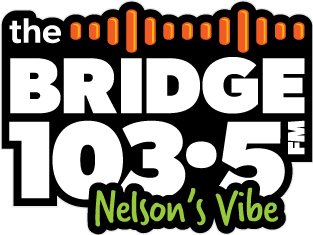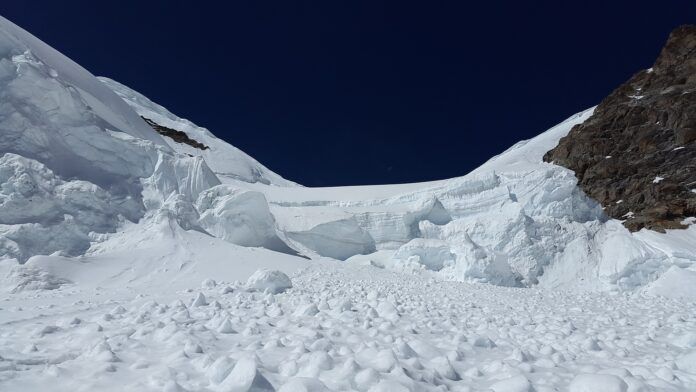The provincial government is asking you to be cautious in the mountains, as a heightened avalanche risk is reported across many of B.C.’s slopes.
B.C. Government officials said it’s important to be prepared and very careful in the backcountry areas.
“Being caught in an avalanche is a life-threatening situation that has already claimed five lives in British Columbia this year,” said Bowinn Ma, Minister of Emergency Management and Climate Readiness. “Avalanche Canada continues to forecast dangerous snowpack and we’re urging everyone to exercise heightened levels of caution and vigilance in the backcountry this season.”
This comes after an avalanche near Revelstoke led to two more deaths this winter.
“This year’s snowpack is being compared to 2003, which was one of the worst years for avalanche fatalities. Please check the avalanche forecast and follow any guidance from Avalanche Canada to stay safe,” said Ma.
Avalanche Canada officials said they are monitoring deep persistent slabs, which are causing issues in a number of areas.
This is leading to dangerous and unpredictable avalanche conditions, and Avalanche Canada is encouraging people to stay away from steep slopes and terrain.
“This is a highly unusual and unpredictable snowpack. The complication with this snowpack setup is that the layers are deep enough that we are less likely to see clues of instability, like nearby avalanche activity, ‘whumpfing’ or cracking snow,” said Ryan Buhler, forecast supervisor, Avalanche Canada.
Buhler said this lack of warning signs means you should be extra careful, as you may not see an avalanche coming.
“Despite the lack of obvious clues, there is serious potential for large, human-triggered avalanches. We urge backcountry users to exercise caution and make conservative, low-consequence choices if they decide to travel in avalanche terrain,” said Buhler.
If you go out in the backcountry, Buhler recommends bringing a shovel and probe.
According to Alavanche Canada, these conditions are expected to last for the rest of the season for some parts of the province.
More: Avalanche Canada map
More: BC government’s avalanche safety guidance





